Access to Collaboration Site and Physics Results
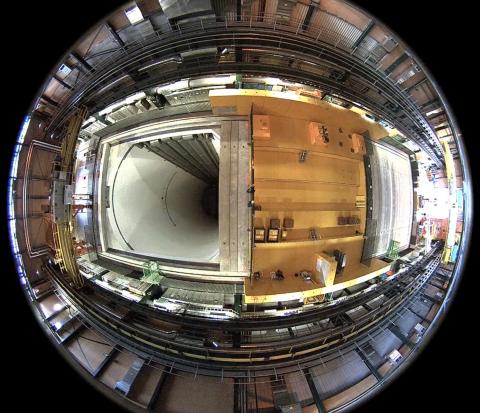
Preparing ATLAS for the future
– Long Shutdown 2 (LS2) of the Large Hadron Collider commenced last week, as the accelerator powered down and the entry to the ATLAS cavern opened wide. Over the next two years, teams from across the ATLAS Collaboration will be upgrading and consolidating their experiment. On the agenda: the refurbishments of key electronics, the maintenance of various detector components and – critically – the installation of new detectors.Read more →
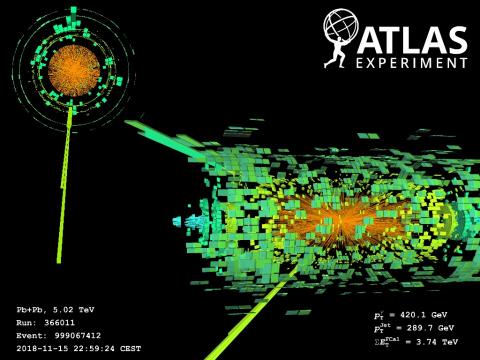
ATLAS completes data-taking for Run 2
– Beams in the Large Hadron Collider came to a stop today, closing out four years of record-breaking operation for the ATLAS experiment. Run 2 saw the extraordinary exploration of the high-energy frontier, as the ATLAS experiment brought new understanding of particle physics.Read more →
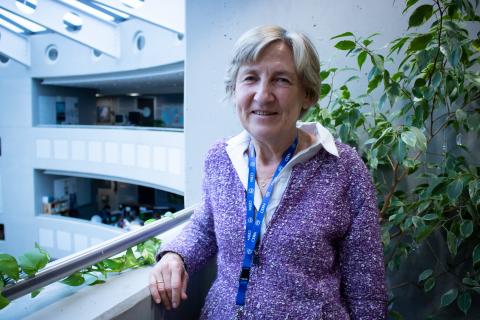
In conversation with Martine Bosman, a pioneer of ATLAS hadronic calorimetry
– A long-standing member of the ATLAS Collaboration, Martine Bosman is one of the pioneers behind the Tile Calorimeter. Over her long career with the Collaboration, she has held several key roles: from convenor of the Radiation Task Force and the Top Quark Group to Collaboration Board Chair. In this profile piece, Martine shares experiences and reflects on how the ATLAS Collaboration has grown and changed.Read more →

Producing four top quarks at once to explore the unknown
– For several decades, particle physicists having been trying to better understand Nature at the smallest distances by colliding particles at the highest energies. While the Standard Model of particle physics has successfully explained most of the results that have arisen from experiments, many phenomena remain baffling. Thus, new particles, forces or more general concepts must exist and – if the history of particle physics is any indication – they could well be revealed at the high-energy frontier.Read more →
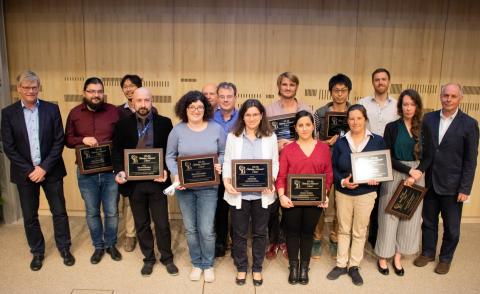
ATLAS celebrates “dedicated and creative” collaboration members with Outstanding Achievement Awards
– On 11 October 2018, during its semestrial collaboration meeting at CERN, ATLAS celebrated outstanding achievements of its collaboration members with an awards ceremony. Established in 2014, the Outstanding Achievement Awards give recognition to excellent contributions made to the collaboration in all areas, excluding physics analysis.Read more →

New ATLAS result of ultra-rare B-meson decay to muon pair
– The study of hadrons – particles that combine together quarks to form mesons or baryons – is a vital part of the ATLAS physics programme. Their analysis has not only perfected our understanding of the Standard Model, it has also provided excellent opportunities for discovery. On 20 September 2018, at the International Workshop on the CKM Unitarity Triangle (CKM 2018), ATLAS revealed the most stringent experimental constraint of the very rare decay of the B0 meson into two muons (μ).Read more →

ATLAS searches for double Higgs production
– The Brout-Englert-Higgs (BEH) mechanism is at the core of the Standard Model, the theory that describes the fundamental constituents of matter and their interactions. It introduces a new field, the Higgs field, through which the weak bosons (W and Z) become massive while the photon remains massless. The excitation of this field is a physical particle, the Higgs boson, which was discovered by the ATLAS and CMS collaborations in 2012.Read more →
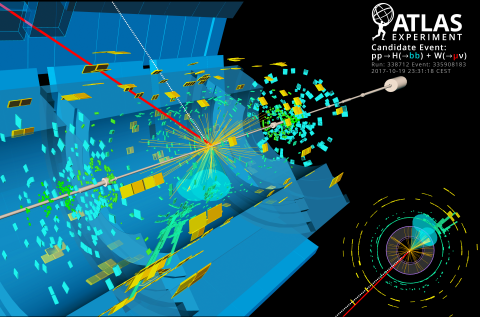
ATLAS observes elusive Higgs boson decay to a pair of bottom quarks
– The ATLAS Collaboration at CERN’s Large Hadron Collider (LHC) has – at long last – observed the Higgs boson decaying into a pair of bottom (b) quarks. This elusive interaction is predicted to make up almost 60% of the Higgs boson decays and is thus primarily responsible for the Higgs natural width. Yet it took over six years after the 2012 discovery of the Higgs boson to accomplish this observation.Read more →
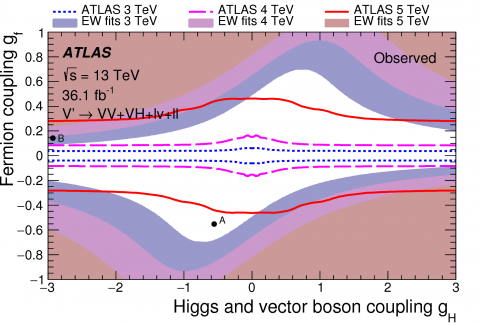
Stronger together: combining searches for new heavy resonances
– While the Standard Model has proven tremendously successful, much experimental evidence points to it not being a complete description of our universe. The search for “new physics” is therefore an important component of the ATLAS experimental programme, where a number of analyses are looking for signs of new heavy particles decaying to different final states. Though these searches have not yet found a significant signal, they have allowed physicists to place stringent constraints on different new physics scenarios. These can be further tightened by combining different analysis channels and approaches.Read more →
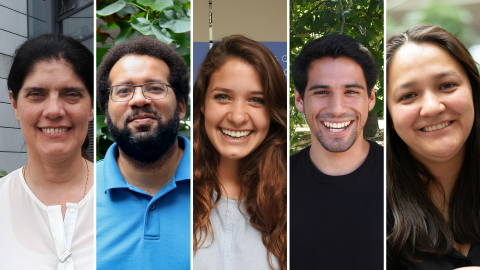
ATLAS Around the World: the faces behind the physics
– “Multiculturalism” isn’t just a buzzword for ATLAS, it’s a way of life. With members of over 90 different nationalities – spanning every populated continent – ATLAS is a cultural experiment as much as it is a scientific one. Our new ATLAS Around the World series invites you to meet people from every nationality represented in the collaboration, to gain an insight into the individual journeys that brought them to particle physics. All are from very different backgrounds, but share the common goal of understanding our universe.Read more →




